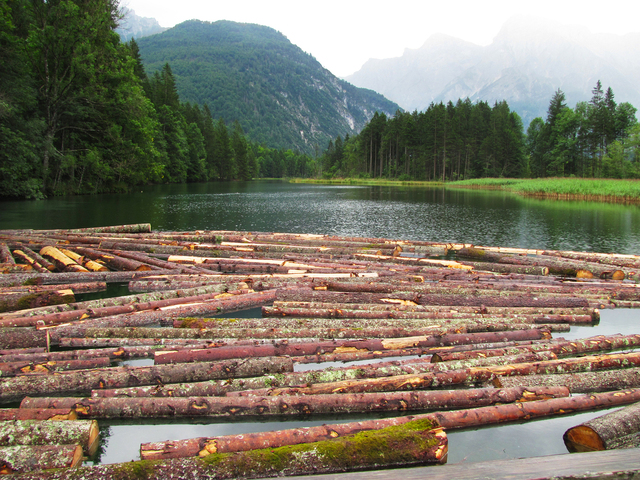 Climate-change rejection seems on the verge of becoming major U.S. policy. But all expect that decreasing our carbon footprint is not lost. Case in point is the pending Timber Innovation Act, among the uncommon environment-friendly pieces of legislation that delights in bipartisan assistance. The expense (H.R. 1380, S. 538) looks to develop a market for so-called mass wood structures and timber products more than 85 feet high that are constructed from panelized wood building and construction items such as cross-laminated wood (CLT) and glued-laminated lumber (glulam).
Climate-change rejection seems on the verge of becoming major U.S. policy. But all expect that decreasing our carbon footprint is not lost. Case in point is the pending Timber Innovation Act, among the uncommon environment-friendly pieces of legislation that delights in bipartisan assistance. The expense (H.R. 1380, S. 538) looks to develop a market for so-called mass wood structures and timber products more than 85 feet high that are constructed from panelized wood building and construction items such as cross-laminated wood (CLT) and glued-laminated lumber (glulam).
“Building with wood benefits both rural economies and the environment,” U.S. Senator Debbie Stabenow (D-Michigan) stated when she revealed the legislation in early March. “This bill will help expand markets for wood products coming out of forests in Michigan and all across the country. At the same time, using wood for construction reduces pollution and incentivizes private landowners to keep their land forested, rather than selling it to developers.”
Architects who study the brand-new wood building and construction products state mass lumber has financial, eco-friendly, seismic, and visual benefits over steel and concrete. “Photosynthesis, the process of growing a tree, absorbs C02,” discussed New Sanctuary designer Alan Organschi, including, “Until it burns or decomposes, that carbon will stay in the wood like a bank investment.”
The concrete and steel markets are adamantly opposed to the Timber Innovation Act. More than 160 stakeholders from the building and construction, labor, and structure products sectors collectively signed a letter to the United States Senate opposing a variation of the bill presented in 2015. The letter questioned the fire and structural security of mass lumber and specified that the bill would develop an imbalance in the market by permitting the federal government to select winners and losers.
Nevertheless, the bill’s advocates state the brand-new wood innovation guarantees to substantially decrease carbon loads in the building market, which is presently responsible for near to half of the United States’s greenhouse gas emissions. A common mid-rise concrete and steel building, since it counts on pollution-generating resource-extraction markets, is accountable for producing 3,210 lots of CO2 in its building and construction and life time, according Lumber City, an effort carried out by Organschi’s company, Gray Organschi Architecture, that is supported by the Hines Research Fund for Advanced Sustainability at Yale University. On the other hand, due to the fact that trees are a renewable resource that sequesters CO2, a common mass lumber mid-rise building constructed from wood gathered from sustainably handled forest is accountable for catching 4,720 lots of CO2.
Developments in mass wood innovation also deal with fireproofing and seismic problems that, till just recently, were a significant disincentive to using wood in big city buildings, according to Yugon Kim, establishing partner of the architecture company IKD, who curated the exhibition Wood City at the National Structure Museum in Washington last fall. “U.S. cities in the 1800s utilized to be made from wood, however then because of metropolitan fires that began to alter,” he stated. “Now, because of items like CLT, we will have the ability to utilize wood in the centers of our cities the method we performed in the past.”
High wood structure construction is most advanced in Europe, specifically in Austria, which boasts the world’s biggest mass wood market. An example of a commercially practical mass wood advancement that gathered around the world attention is the nine-story Murray Grove created by Waugh Thistleton Architects, which was integrated in London in 2009. It includes wood bearing walls, laminated architectural trusses, wood elevator cores, and wood flooring pieces. In addition to settling for the environment, Murray Grove took just 49 weeks to develop, whereas an equivalent-size concrete structure would usually have actually taken 72 weeks to develop
